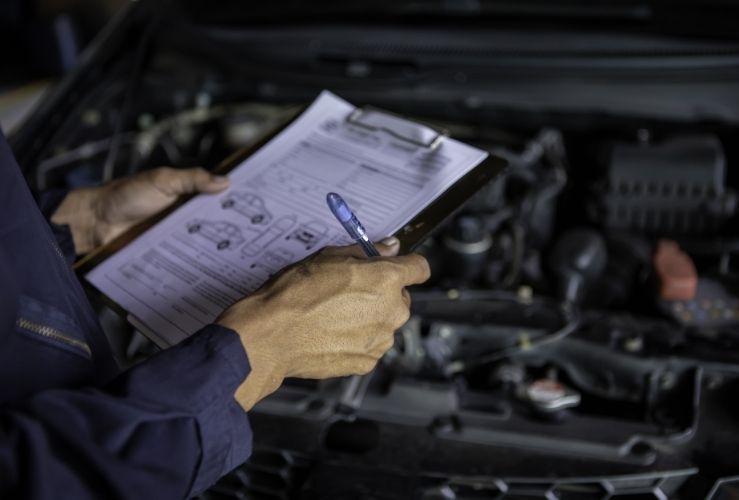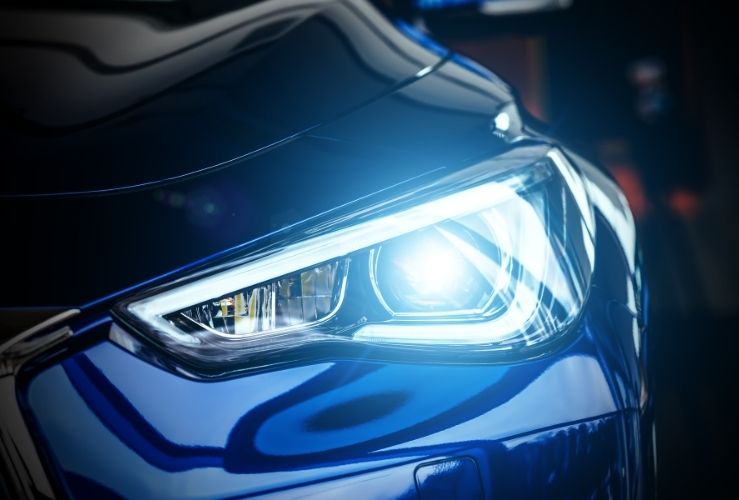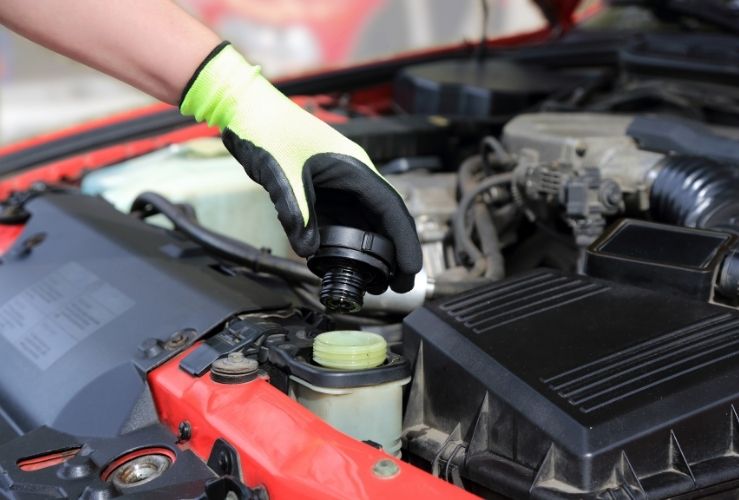If your car is aged between three and 40 years, then it needs to undergo an annual MOT test. This examination was introduced in 1960 and since then has become more elaborate as car technology has advanced. It now also checks if a vehicle meets environmental standards - as well as safety regulations.
For more details about MOT’s and what is checked during an MOT, see our blog MOT guide: Common questions answered

According to government data from 2017, 7.5 million of the 28.9 million vehicles on UK roads failed their MOT at the first attempt. And just over a quarter of these failures were for problems that are relatively easy to fix - such as tyres, wheels and obstructed driver's view.
It's a good idea to carry out your own quick examination of your vehicle before its MOT, to pinpoint any easy-to-solve issues. Doing so could save you time and money.
Year-round maintenance
But good car maintenance is not just a once-a-year task - it should be done on an ongoing basis. This keeps your vehicle in good working condition, and helps ensure it passes its MOT with flying colours.
Neil Barlow, the DVSA’s head of vehicle engineering, said: "The MOT plays a key role in making sure the vehicles on our roads are safe to drive and meet high environmental standards.
"Vehicles fail their MOT for a variety of reasons, but proper maintenance is key to making sure a vehicle passes its MOT first time and remains safe to drive.
"By checking their vehicle all year round, motorists will also reduce the risk of causing an accident that kills or seriously injures someone.”
Here are some of the most common reasons for failing an MOT:

Lights and signalling faults
Something as simple as a blown bulb will lead to an MOT fail.
Good working lights are of course paramount for lighting the road at night and telling other road users which way you plan to turn.
Get a friend or relative to observe your lights as you turn them on.
Ensure any deflectors you've fitted for European mainland trips are removed, as this could also lead to an MOT-retake.
Suspension issues
Frequent journeys over potholed roads can negatively impact your suspension, potentially leading to an MOT fail.
It's a good idea to time your annual service just before your MOT, so you'll be able to have any problems fixed beforehand.
Brake problems
If your vehicle veers to one side slightly when you brake, or if the brake pedal feels soft or spongy when depressed, your brake system may require attention.
Common causes include a damaged brake caliper; cylinder wear; low/old brake fluid; brake line damage; or air in the brake lines.
Get any issues fixed before your MOT and you'll save time and hassle.
Tyre wear
Since your tyres are in constant contact with the road, it's one of the most common areas for vehicle wear-and-tear.
Check them regularly by slotting a 20p piece between the treads; if the outer band is visible, your tyres may need replacing. The legal minimum depth in the UK is 1.6mm.
Obstructed view of the road
Being able to see all around you is essential to pass your MOT (and for obvious safety reasons).
Fix any windscreen chips with resin so they don’t turn into cracks; replace or fix damaged rear-view mirrors (stick-on reflective surfaces are available for a few pounds); and ensure your windscreen wipers and washer nozzles are working properly (top up washer fluid).
Registration plates damaged or dirty
Your number plates must be clean and legible at all times, so your car can be identified if necessary.
Grubby or damaged registration plates could result in a MOT test fail.
Something as simple as giving your plates a good wipe-down could be the difference between a pass and a fail!
Also check the number plate lights are working (replacement lights can be bought inexpensively and are fairly straightforward to fit).

Steering fluid low
Unlike most other fluids on your vehicle, your steering fluid reservoir is checked during your MOT.
Ensure it meets the regulatory minimum level before your test.
Be aware that cold fluid has less volume than warm fluid, so if you top up too much it could spill over once the engine has warmed up.
Fill to just above the ‘Min’ marker to prevent this.
Fuel and exhaust issues
Your car's fuel and exhaust system must meet increasingly strict environmental standards.
Get a 'pre-MOT fuel treatment kit' to clean out your system, and take your car for a drive pre-MOT; the first few minutes of driving produce higher levels of pollutants, so 'driving them out' will help your chances of getting an artificially high reading.
Body work damage
Wintertime driving flings grit up into your wheel arches, contributing to rust.
Washing these areas - and the rest of your body work - regularly in colder months will help minimise corrosion. Too much rust could lead to an MOT fail. Also check there are no sharp edges on the bodywork - and fix any bumper damage.
Is your vehicle MOT due? Find out more about MOT’s and MOT cost




